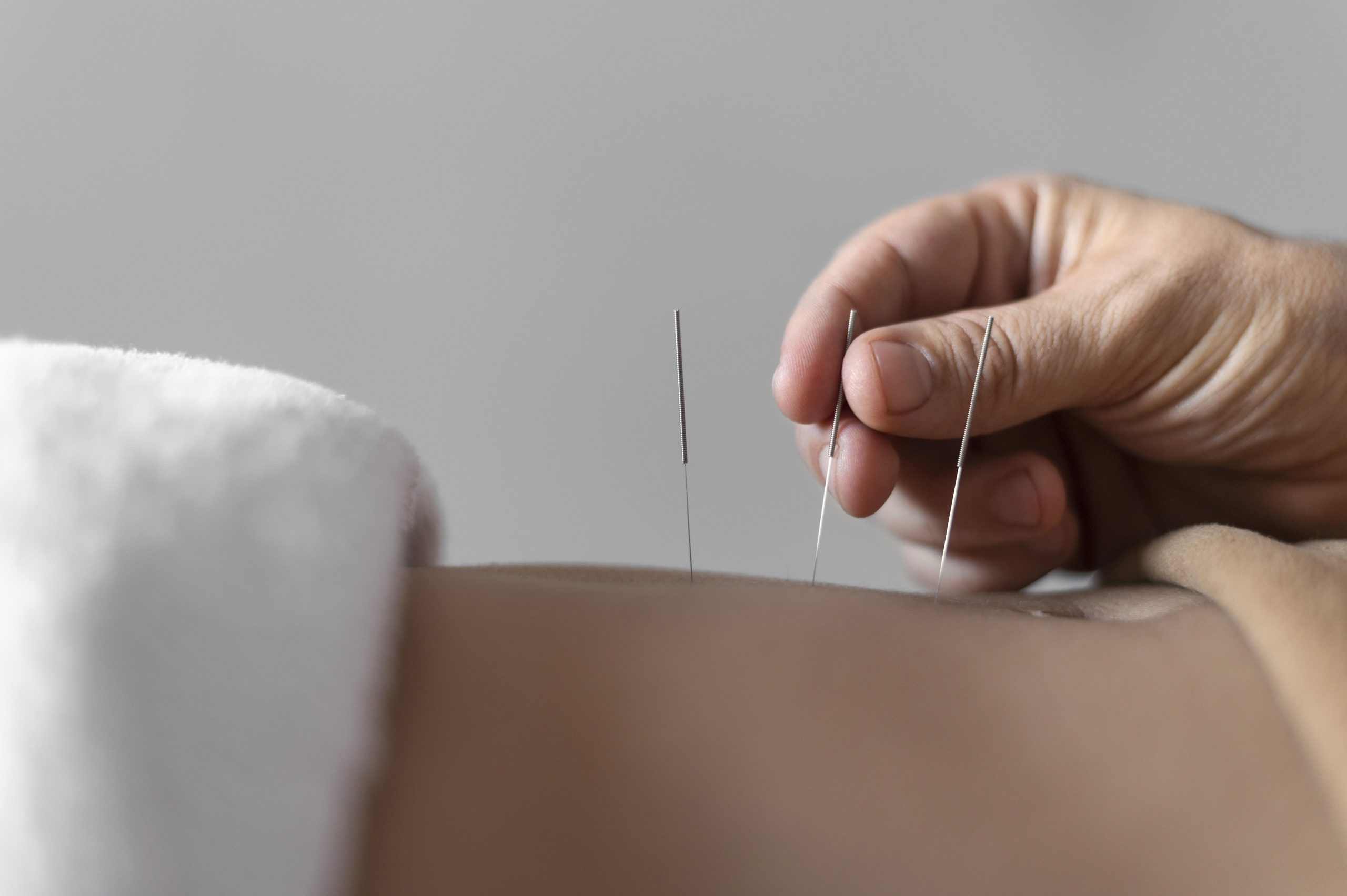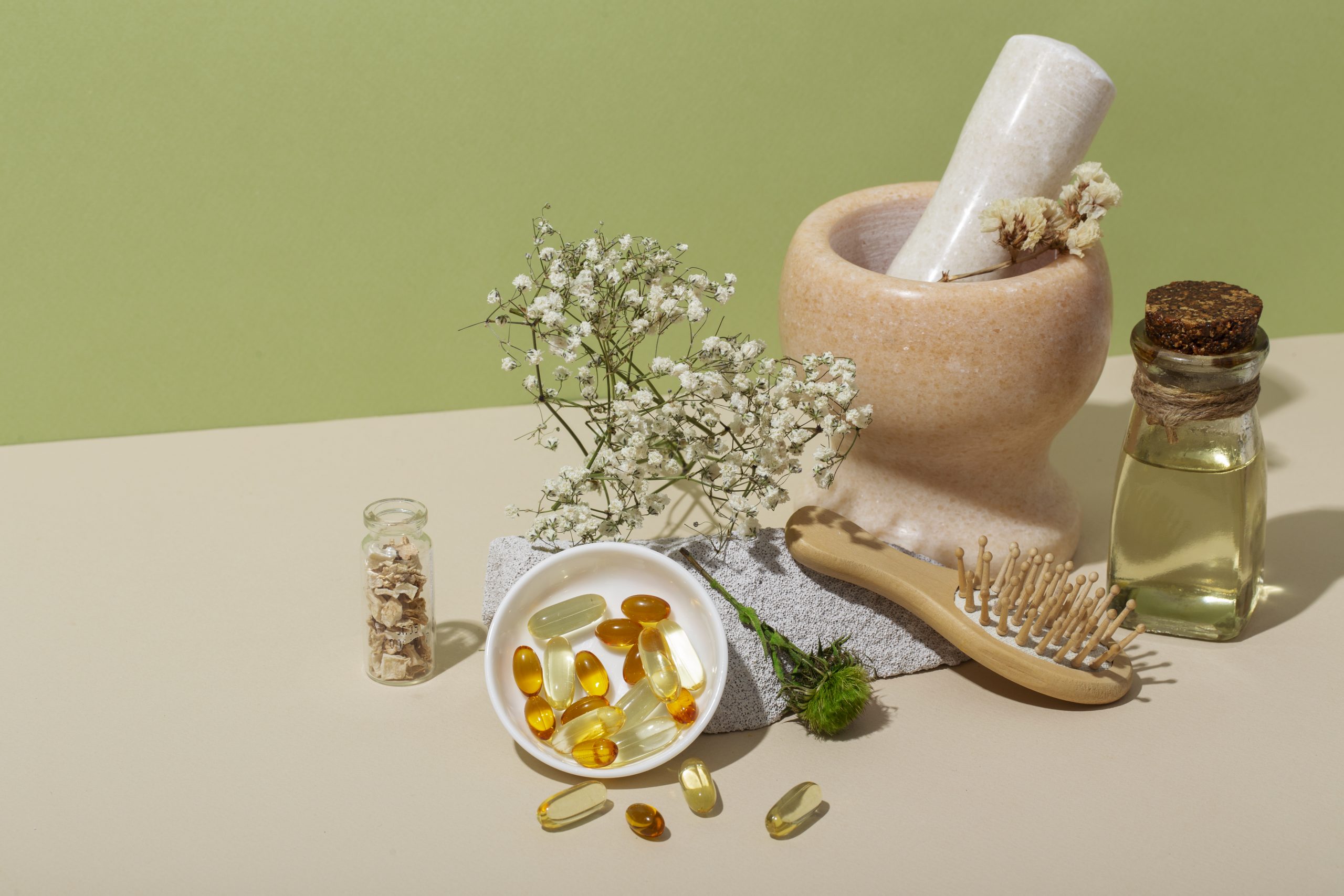What is cupping?
where did it come from?
Cupping is an Ancient Chinese alternative medicine therapy where a glass or bamboo cup is heated (often with a flame) and applied to the skin to create a suction pulling the skin into the glass. The idea is this will pull all the toxins in the body to the surface so they can be dispelled from the body. Cupping although thought to have origins in China has been linked back to the ancient Egyptians also. Cupping has been used for a wide range of aliments and is still used today a common form of alternative treatment. Traditionally cupping was a way to drain out toxins from snakebites and skin lesions. The Chinese then started to use the therapy to draw blood away from the site surgery was being conducted
What is cupping good for Although it is claimed scientifically that there are not any benefits to cupping, many people including celebrities say there are many benefits they have experienced after undertaking this practice. The basic practice of cupping is to help align and relax the qi (otherwise known as creating smoother and free-flowing energy within the body). Cupping is believed to affect up to four inches of tissues and is believed to be one of the best deep-tissue therapies.
The main health benefits of cupping is that the toxins can be released from the body and blockages can be cleared allowing the stagnant blood and lymph to flow freely around the body so any illness can be healed. There is great belief that cupping greatly improves respiratory and lung diseases (cold, pneumonia, asthma, bronchitis). It is also believed that cupping when used on the back, neck and shoulder can help alleviate pain as well as arthritis and joint pain. The Egyptians discussed that the use of cupping was able to treat conditions such as fever, pain, vertigo, weakened appetite and menstrual irregularities and to fast track the healing process of diseases.
Until recently cupping was not really supported as having scientific evidence of its healing powers, but recent studies show it helps to relieve back, neck and knee pain as well as carpal tunnel.
This procedure involves removing all the pulp in the pulp chamber temporarily for the sake of pain relief. Pulpectomy is typically called for when pulpotomy isn’t an option and all of the tooth’s pulp has become infected, inflamed, and disease-ridden. After removal, the canals are medicated and cleaned.
Sometimes, dentists do pulpectomy on primary or milk teeth. In such cases, the pulp is replaced with resorbable material. This is the recommended course of action for irreversible pulpitis on redicular and coronal pulp as well as primary molars that are abscessed.


How does cupping feel and the process
Cupping is the process of creating a suction on the body with negative pressure. It is used as a way to bring toxins, excess fluids to the surface as a way to dispel it from the body and to increase the blood flow to skin and stagnant muscles that may be harbouring disease or illness.
Hijama House Services
Get In Touch With Us
Call us anytime
+91 7304065262
+91 7304105262
+91 7304105262
Email us
care@hijamahouse.com
Book An Appointment
Want to contact us? Do book with us with this simple form below




